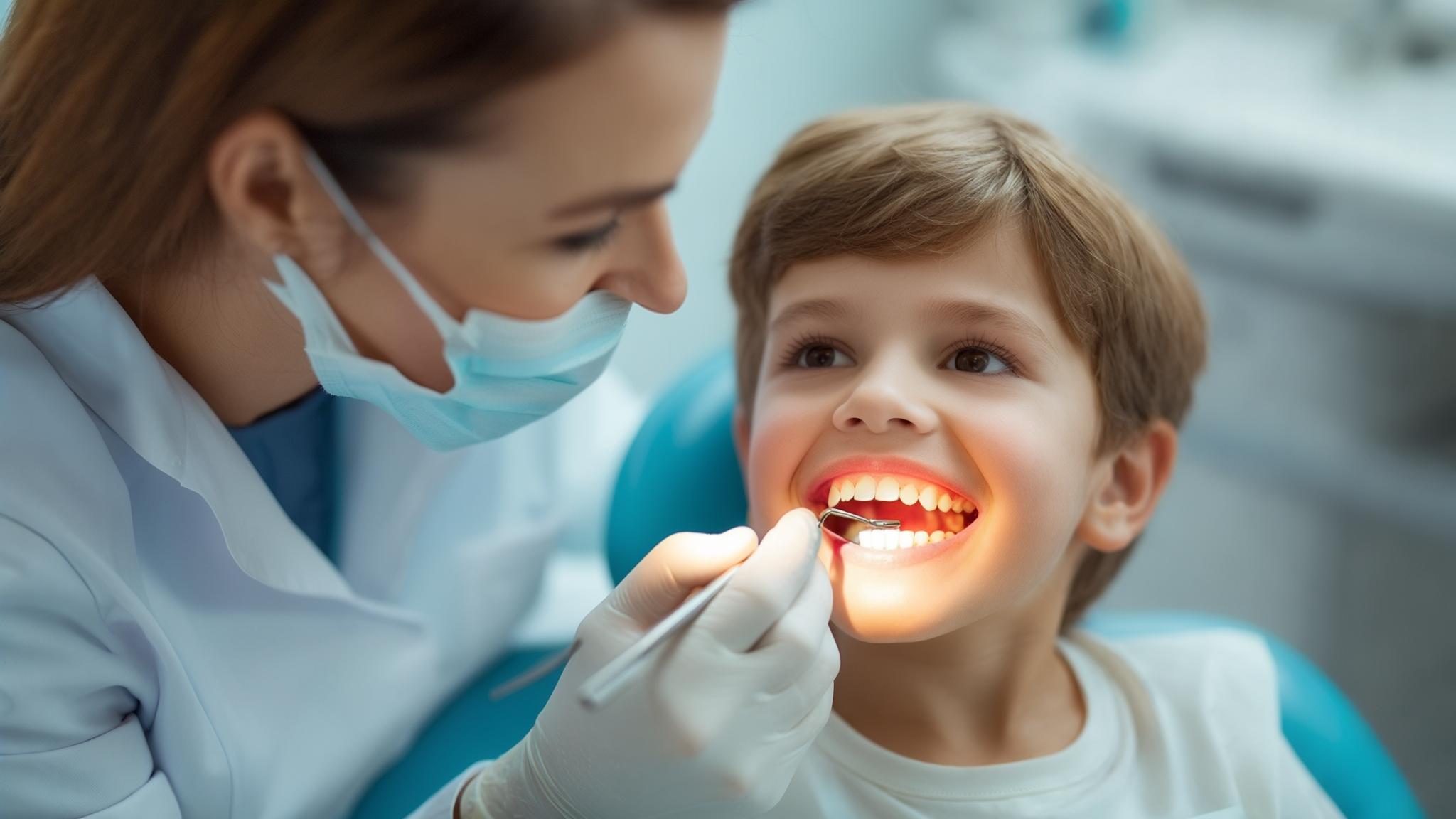Understanding Children's Dentistry
Children's dentistry, also known as pediatric dentistry, is a specialized field dedicated to the oral health of children from infancy through the teenage years. This branch of dentistry is crucial because children's mouths go through many changes as they grow. Ensuring good oral health from an early age sets the foundation for a lifetime of healthy smiles.
Oral health is vital for children, not just for maintaining a bright smile but also for their overall health and development. Poor oral health can lead to issues like pain and infections, which can affect a child's ability to eat, speak, and concentrate in school. Today, we will focus on a common issue in children's dentistry: cavities in baby teeth.
Understanding Baby Teeth
What Are Primary Teeth?
Baby teeth, or primary teeth, are the first set of teeth that appear in a child's mouth. Typically, children have 20 baby teeth, which begin to erupt around six months of age and continue until about age three. These teeth usually start to fall out around age six, making way for permanent teeth by the time a child is 12 or 13.
The Role of Baby Teeth
Despite their temporary nature, baby teeth play several critical roles:
- Chewing and Eating: They help children chew food properly, which is essential for nutrition.
- Speech Development: Baby teeth are crucial for the development of clear speech.
- Guidance for Permanent Teeth: They act as placeholders, guiding the permanent teeth into their correct positions.
The Nature of Cavities in Baby Teeth
Causes of Cavities
Cavities, or dental caries, in children can result from several factors:
- Poor Oral Hygiene: Inadequate brushing and flossing allow plaque to build up, leading to decay.
- Diet High in Sugars and Carbohydrates: Frequent consumption of sugary snacks and drinks feeds the bacteria that cause cavities.
- Lack of Fluoride: Fluoride helps strengthen tooth enamel, making it more resistant to decay.
Symptoms of Cavities
Parents should watch for these signs of cavities in their child's baby teeth:
- Pain or Sensitivity: Discomfort when eating hot, cold, or sweet foods.
- Visible Holes or Discoloration: Brown or black spots on the teeth.
- Swelling or Gum Issues: Redness or swelling around a tooth can indicate an issue.
Importance of Treating Cavities in Baby Teeth
Why Fill Primary Teeth?
Treating cavities in baby teeth is essential for several reasons:
- Prevention of Pain and Discomfort: Treating cavities alleviates pain, allowing children to eat and speak comfortably.
- Avoidance of Infection and Further Decay: Untreated cavities can lead to infections that may spread.
- Maintenance of Space for Permanent Teeth: Filling cavities helps maintain the space needed for incoming permanent teeth.
Consequences of Untreated Cavities
Ignoring cavities in baby teeth can lead to:
- Potential for Abscess Formation: Infections can cause painful abscesses.
- Impact on Eating and Nutrition: Painful teeth can make eating difficult, affecting nutrition.
- Long-term Effects on Permanent Teeth: Untreated cavities can lead to misalignment or damage to permanent teeth.
The Process of Treating Cavities in Baby Teeth
Initial Assessment and Diagnosis
A pediatric dentist will assess your child's oral health through regular check-ups, using visual examinations and X-rays to identify any cavities early.
Treatment Options
- Fillings: Dentists use materials like composite or amalgam to fill cavities.
- Pulp Therapy: For severe decay, pulp therapy (similar to a root canal) may be necessary.
- Extraction: In some cases, removing the tooth is the best option.
Post-Treatment Care
After treatment, regular follow-ups ensure the health of your child's teeth and gums. Good oral hygiene practices should continue at home.
Preventive Measures for Cavities in Baby Teeth
Importance of Early Dental Visits
Scheduling your child's first dental visit by their first birthday is crucial. Early visits help catch potential issues before they become severe.
Establishing a Dental Care Routine
- Brushing and Flossing: Teach your child to brush twice daily with fluoride toothpaste and to floss regularly.
- Dietary Guidelines: Limit sugary snacks and drinks to reduce cavity risk.
Role of Fluoride Treatments and Sealants
Fluoride treatments strengthen enamel, while sealants provide a protective barrier against decay on the chewing surfaces of teeth.
Conclusion
In summary, treating cavities in baby teeth is not just about preserving a child's smile; it's about ensuring their overall health and development. Parents should prioritize dental health by scheduling regular dental visits and maintaining good oral hygiene practices at home. By doing so, they can help their children develop healthy habits that last a lifetime.
References
- American Academy of Pediatric Dentistry: AAPD Resources
- Centers for Disease Control and Prevention: Children's Oral Health
- National Institute of Dental and Craniofacial Research: Child and Teen Oral Health

